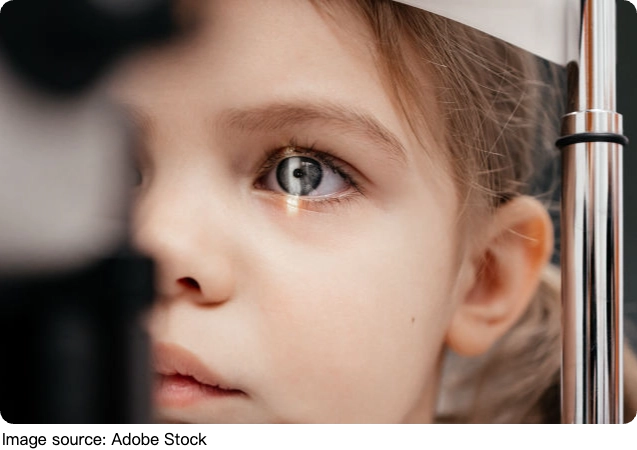Myopia or Astigmatism?

Myopia and astigmatism are two of the most widespread vision conditions affecting individuals worldwide. Despite their prevalence, confusion often arises regarding their characteristics and distinctions.
Some perceive them as closely related since they can occur together in the same person, while others believe they have opposing effects on vision. If you, Lykkers, are also wondering which one you might have keep reading.
Comparing Myopia and Astigmatism
Differences in Vision Impact
The primary distinction between these conditions lies in how they affect eyesight. Myopia limits the ability to see distant objects clearly while leaving near vision unaffected. Astigmatism, on the other hand, affects clarity at all distances, causing general blurriness and distortion.
Individuals with myopia experience difficulty recognizing objects far away, whereas those with astigmatism may struggle with focus regardless of distance. This does not imply that one condition is necessarily more severe than the other. However, myopia is often associated with an increased likelihood of developing certain eye-related complications, while astigmatism is mainly linked to discomfort such as headaches, eye strain, and concentration difficulties.

Eye Structure and Its Role in These Conditions
How Myopia Affects Vision
Myopia occurs when light entering the eye focuses in front of the retina instead of directly on it. This misalignment results in blurred distance vision. The condition typically develops due to an eye that is longer than usual or a cornea that is more curved than necessary.
In a properly functioning eye, the cornea and lens work together to direct light precisely onto the retina, forming a clear image. When the eye is elongated or its corneal curvature is excessive, the image is projected ahead of the retina, making distant objects appear unclear.
The Effect of Astigmatism on Sight
Astigmatism results from an irregular curvature of either the cornea or the lens. Instead of having a uniform, spherical shape, these structures may have an uneven surface, disrupting how light is refracted. As a result, vision appears blurry or distorted across different distances.
To simplify, an eye without visual impairments can be compared to a perfectly round ball. In myopia, the eye is elongated or has excessive curvature, whereas in astigmatism, the eye resembles an oval shape, causing light to be refracted unevenly.
Key Differences Between Myopia and Astigmatism
To summarize, the fundamental differences between myopia and astigmatism include:
- Myopia causes blurriness when looking at distant objects, while astigmatism leads to distorted and blurry vision at all distances.
- Myopia results from an eye that is longer than normal or a cornea with excessive curvature, whereas astigmatism arises from an irregularly shaped cornea or lens.
- Both conditions can be corrected using eyeglasses or contact lenses. Glasses for myopia contain lenses that adjust the focal point of light onto the retina, while those designed for astigmatism include toric lenses that compensate for the uneven curvature of the cornea or lens.
- Myopia is sometimes linked to a greater chance of developing certain eye conditions, whereas astigmatism generally leads to discomfort rather than long-term complications.

Understanding these distinctions can help individuals identify vision issues and seek appropriate correction methods. Regular eye examinations are essential for maintaining clear vision and preventing strain associated with these conditions.
-
 Tire Choice GuideConfused by tire options? Here's how we pick the perfect set for safety, comfort, and driving style!
Tire Choice GuideConfused by tire options? Here's how we pick the perfect set for safety, comfort, and driving style! -
 Conquering Speech FearTop Ways Famous People Beat Speech Anxiety—You Won’t Believe What They Do!
Conquering Speech FearTop Ways Famous People Beat Speech Anxiety—You Won’t Believe What They Do! -
 Why Slow Living Matters?Feeling burnt out by the rush of modern life? The slow life movement offers a quieter, more intentional way to truly live.
Why Slow Living Matters?Feeling burnt out by the rush of modern life? The slow life movement offers a quieter, more intentional way to truly live.